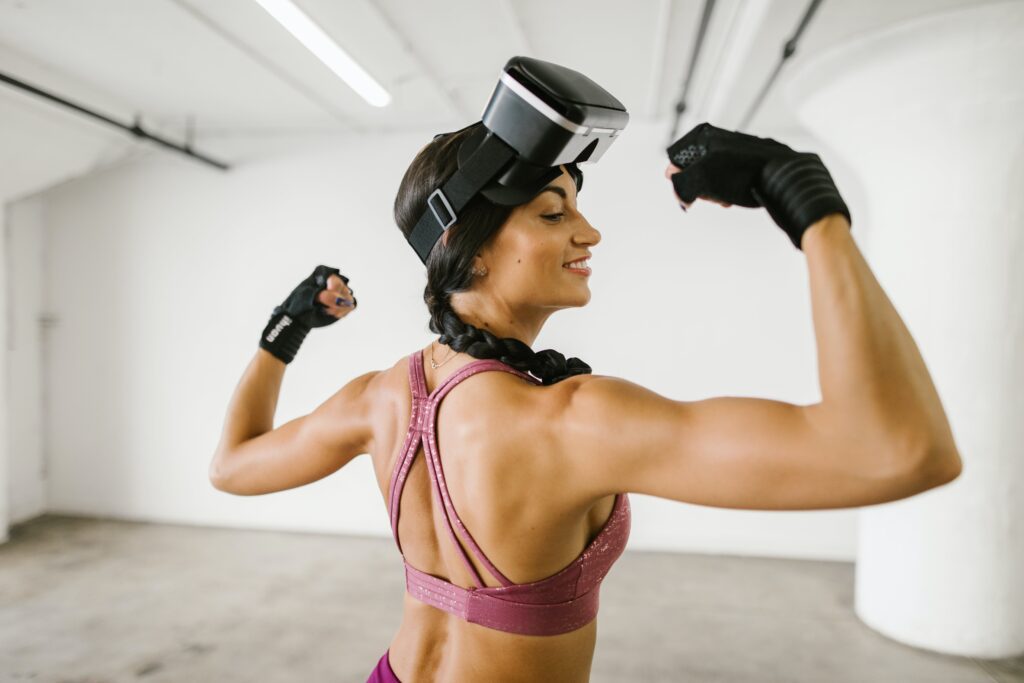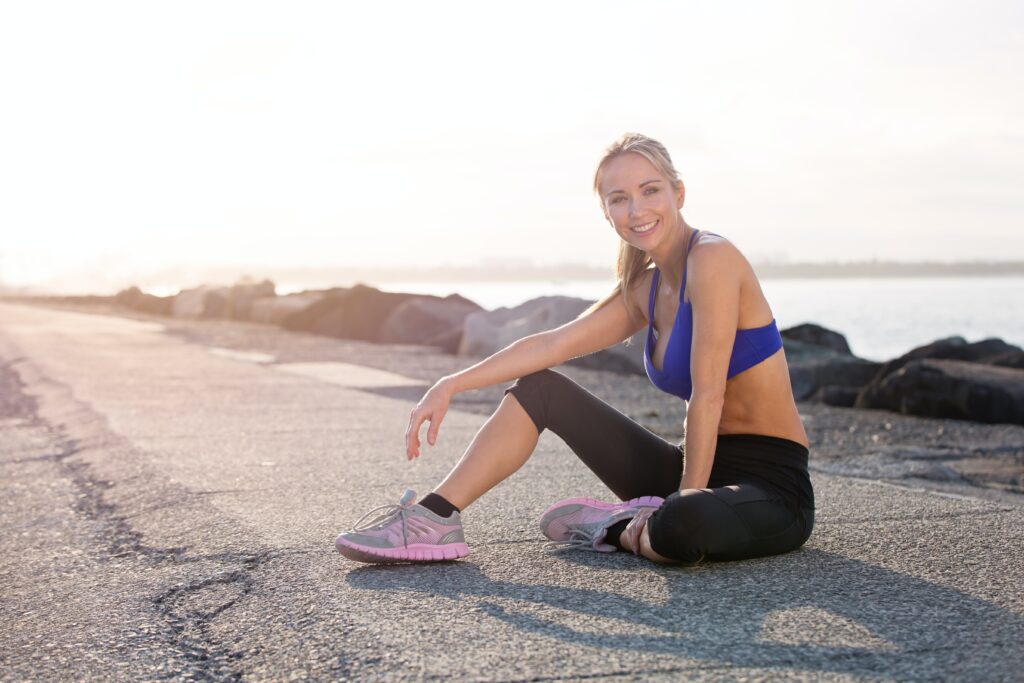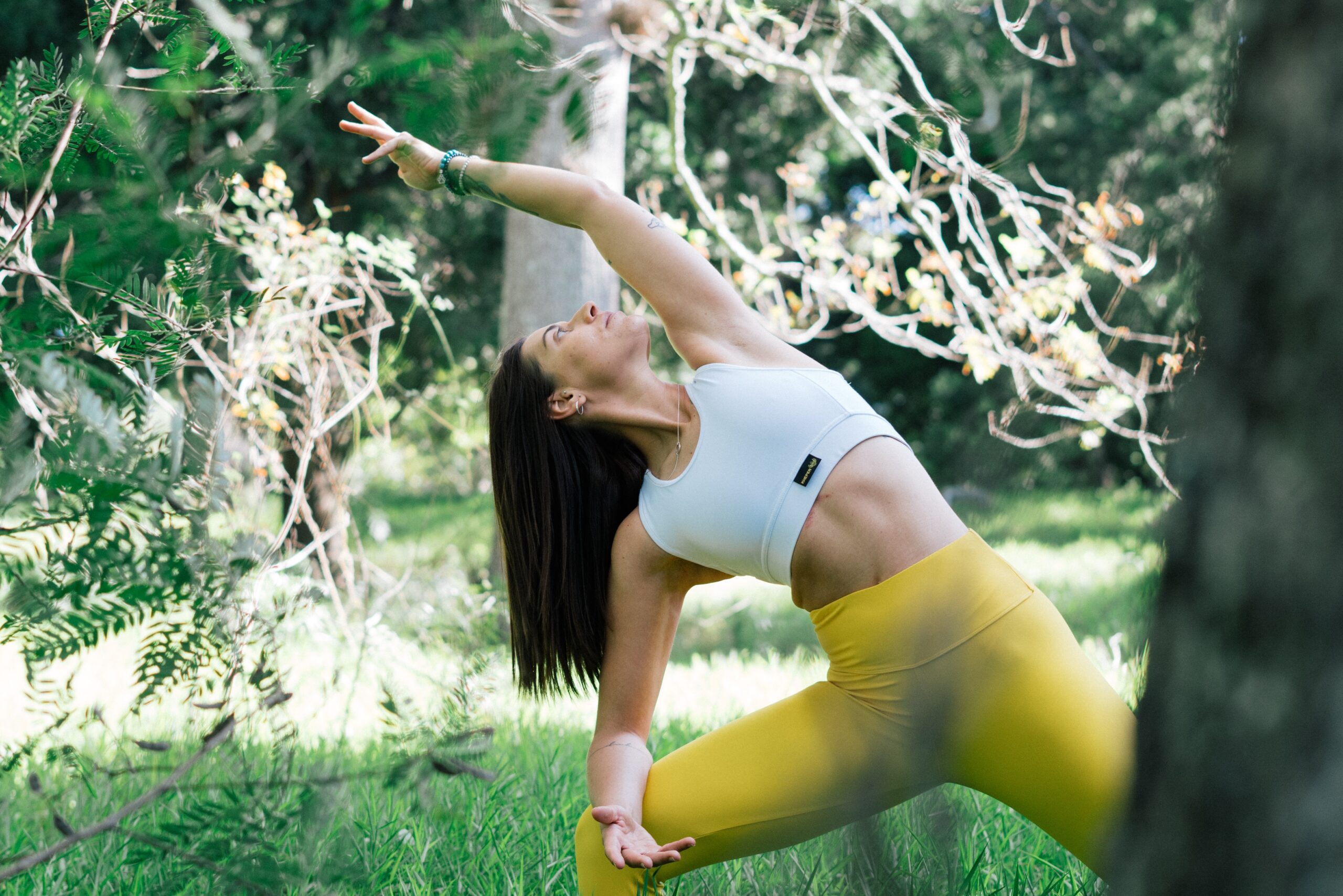It’s the new year, which means everyone is trying to reach their fitness goals right now. However, this far into the year is when many people start to fall off the bandwagon. Don’t let yourself be one of those people!

If you’ve been trying the same old fitness routine year after year, and still aren’t sticking with it or seeing results – it might be time to try something new. Trust me, I understand how many barriers there are to reaching your fitness goals. Why not make it a little bit easier with virtual fitness?
Here’s how to know if virtual fitness is right for you:
3 Signs You Should Switch To Virtual Fitness
Virtual fitness (or VR fitness) simply refers to exercise programs that are delivered digitally. This can be through your computer, apps on your phone, or your TV. Like many things these days, it is completely remote, which means it is way more flexible than going to the gym.
Still not convinced? Let’s get into the signs you should make the switch:
1. You feel insecure at the gym
The gym should be a place that empowers everyone who goes there, but I know this isn’t always the case. If you aren’t feeling your best, you might feel self-conscious exercising in front of others. Women often tell me they aren’t comfortable at the gym unless it is female-only, and not everyone lives near a women’s gym.
You can skip all of the insecurity by just exercising in the comfort of your own home!
2. You struggle to motivate yourself
Exercising at home is great, but that often means exercising by yourself. This is a real problem for people who struggle with motivation. Going to an exercise class or having a workout buddy can help motivate you to work out because it makes you accountable to someone else.
With virtual fitness, you get the benefits of staying at home while also having others to hold you to your exercise.
3. You want an affordable, convenient option
Going to the gym is not always convenient or affordable. Gym memberships can be costly, especially if you want to hire a personal trainer for more in-depth guidance. Not everyone lives near a gym or has the time to go enough to make the money worth it. Life gets bust, and when it does, fitness is usually the first thing people put on the backburner.
With virtual fitness, it is much easier and more cost-effective to fit your exercise into your lifestyle. You essentially get to bring your fitness classes and personal trainer into your home without paying the premium!



